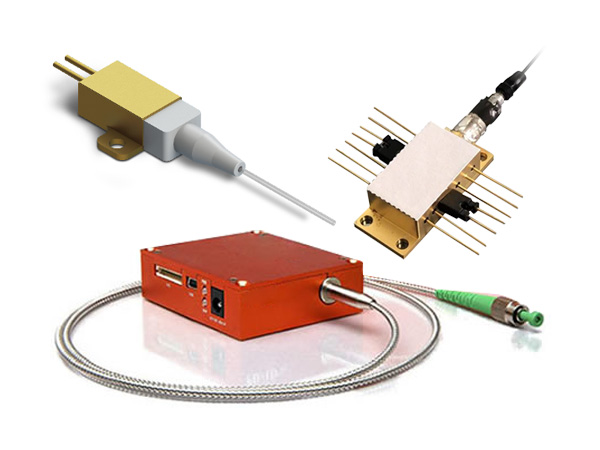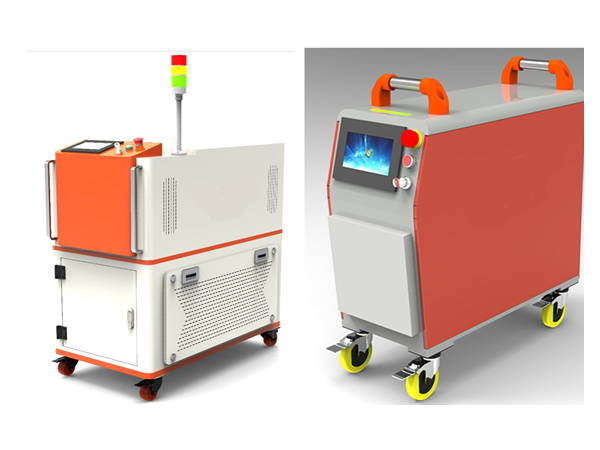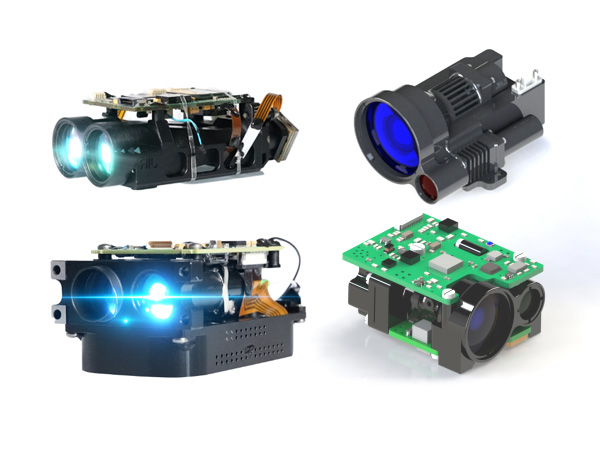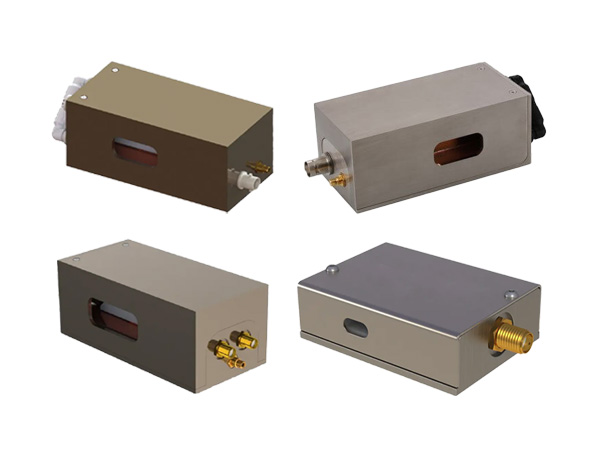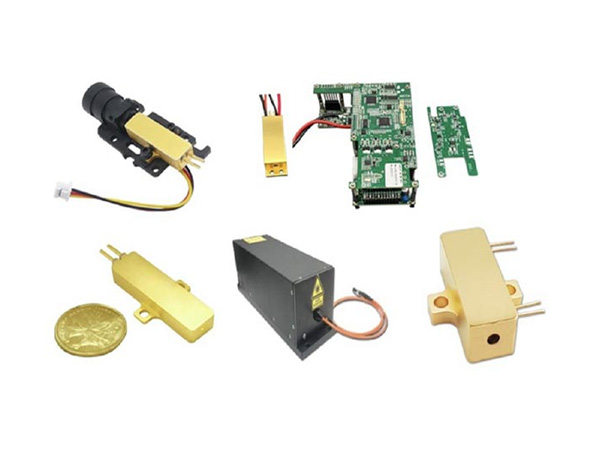Diffractive Optical Elements (DOE): Our Micro-Nano Optical Tech – Apps & Analysis
In the field of modern optical technology, Diffractive Optical Elements (DOE) have become core supporting components for industries such as laser processing, medical aesthetics, and 3D imaging, thanks to their precise laser beam control capabilities. As a leading enterprise in the micro-nano optics sector, we have launched launched a diverse product portfolio—including beam splitters, phase plates, and microlens arrays—based on advanced diffractive optical design concepts and precision manufacturing processes, providing efficient solutions for optical applications across various scenarios.
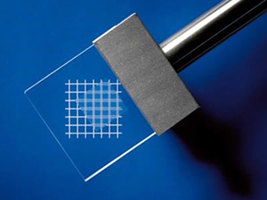
I. Core Product: Technical Advantages and Classification of DOE Beam Splitters
Beam splitters are the core category of our DOE products. Their primary function is to accurately split a single incident laser beam into multiple non-overlapping sub-beams, with flexible control over the sub-beams' spacing, intensity ratio, and symmetrical distribution. This capability stems from the high-precision design of periodic microstructures on the element surface, ensuring parameter stability and repeatability. Notably, during the splitting process, the incident beam’s divergence angle, diameter, and polarization state remain unchanged, and laser energy is evenly distributed across multiple processing channels, significantly improving processing efficiency and performance.
Based on application scenarios and structural differences, our beam splitters are mainly categorized into three types:
1. 1D/2D Diffractive Beam Splitters
These splitters can generate one-dimensional (1×N) or two-dimensional (M×N) sub-beam arrays, suitable for monochromatic lasers (e.g., 1064nm wavelength lasers) and designed for specific wavelengths and sub-beam separation angles. For instance, the 1D splitter model MS-255-I-Y-X can produce 101 sub-beams with a separation angle of only 0.057° and an element size of 25.4mm, meeting high-precision and high-density beam control requirements. The 2D splitters, on the other hand, are more suitable for scenarios requiring planar beam distribution—such as model MS-288-I-Y-A, which achieves a 3×7 sub-beam array with a separation angle of 1.27°×0.42° and is widely used in laser parallel processing.
2. Customized Beam Splitters
To address special application scenarios, we offers customized design services, supporting personalized development of sub-beam quantity, position, and distribution pattern. For example, hexagonal distributed splitters (e.g., model MS-231-I-Y-A) can generate 7 sub-beams with a designed separation angle of 0.23°×0.13°, adapting to the requirement for uniform heat conduction in laser welding. Random dot matrix splitters (e.g., model MS-405-I-Y-X) can produce a 119×119 random sub-beam array with a separation angle of 18.37°×18.37°, providing a flexible spot distribution solution for 3D imaging and machine vision.
3. Polarizing Beam Splitters
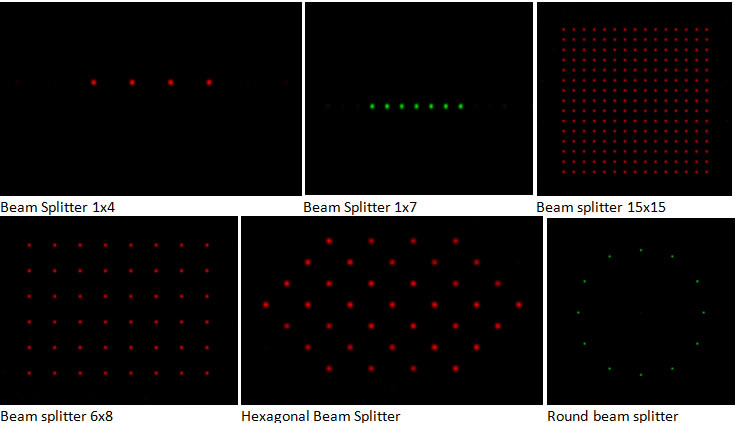
In addition to conventional splitting functions, our polarizing beam splitters can separate s-polarized and p-polarized light while adjusting their intensity ratio. They are suitable for scenarios requiring polarization state control, such as laser spectral analysis and polarization imaging.
II. Key Technologies: Dual Advantages of Material Selection and Process Assurance
The high-performance of our DOE products relies on strict control over materials and manufacturing processes.
In terms of materials, core elements are made of high-quality substrates such as fused silica, K9 glass, and N-BK7 glass. These materials not only offer high light transmittance (some models achieve over 98% transmittance) but also withstand intense ultraviolet laser irradiation, ensuring long-term stability of the elements in high-intensity operating environments.
In manufacturing processes, we combines laser direct writing technology with liquid crystal polymer (LCP) film processes:
Laser direct writing technology precisely modulates the power density and polarization state of the exposure beam, enabling minimum feature sizes ranging from 5μm to 0.2μm.
The integration of LCP films endows elements with continuous phase control capabilities. For example, in DOE homogenizers, the "sandwich structure" composed of LCP films and N-BK7 window sheets can convert Gaussian incident light into uniform spots of arbitrary geometric shapes (e.g., square, circular) with a diffraction efficiency of over 95%, effectively reducing energy loss.
III. Expanded Product Portfolio: From Standalone Elements to System-Level Solutions
Beyond beam splitters, we have built a full-chain product matrix covering "beam control-imaging-processing" to meet in-depth needs across industries:
1. Microlens Arrays (MLA)
Our microlens arrays consist of micron-scale aperture lens units, with a fill factor exceeding 98% and an integration density of up to 600 units per cm². They support multiple sub-aperture shapes, including square, hexagonal, and circular. Among them, continuous-surface microlens arrays adopt unique surface control technology to eliminate diffractive chromatic aberration, making them suitable for wide-band imaging and focusing scenarios. In applications, MLAs are used in wavefront detection (e.g., high-precision light field detection in aerospace), infrared focal plane light collection (improving detector light utilization), and the development of new optical systems such as 3D displays and light field cameras.
2. Phase Plates
Phase plates are core components for precise beam phase modulation. We offers various types, including spiral phase plates and composite phase plates:
Spiral phase plates, designed with radial gradient alignment of liquid crystal molecules, generate Bessel beams with non-diffractive and self-healing properties, suitable for cutting-edge fields such as quantum communication and particle manipulation.
Composite phase plates correct static aberrations in optical systems, playing a key role in free-space optical communication.
3. DOE Homogenizers and Focus Shaping Elements
Our DOE homogenizers (e.g., SLB series) are designed for single-mode lasers, converting Gaussian beams into flat-top spots with a uniformity error of less than 5%. They are widely used in laser medical aesthetics (e.g., skin treatment) and laser welding. Focus shaping DOEs are divided into long focal depth and multi-focus types: the former enables taper-free cutting with a depth of 0.2–12mm, while the latter generates equidistant, energy-uniform multi-focus arrays, providing an efficient solution for deep cutting of materials such as transparent glass and sapphire.
IV. Industrial Applications: Empowering Technological Innovation Across Sectors
Our micro-nano optical products have penetrated multiple key industries, becoming a driving force for technological innovation:
Laser Processing: The combination of beam splitters and focus shaping DOEs enables multi-beam parallel welding and heat-affected-zone-free cutting. For example, in semiconductor chip manufacturing, multi-focus DOEs for 1064nm wavelength lasers can simultaneously complete precise welding of multiple solder joints, increasing efficiency several times over.
Medical Aesthetics: Uniform flat-top spots generated by DOE homogenizers ensure even distribution of laser energy on the skin surface, reducing the risk of burns in traditional laser treatments. They are widely used in projects such as spot removal and hair removal.
3D Imaging & Machine Vision: The collaboration between structured light modules (e.g., cross-line, grid-shaped DOEs) and microlens arrays generates high-precision 3D point cloud data, providing reliable optical support for scenarios such as industrial inspection and facial recognition.
V. Customization Services: Meeting Personalized Optical Needs
Considering the uniqueness of different industrial applications, we offers flexible customization services. Parameters such as operating wavelength (adjustable in the 400–2000nm range), element size (3–160mm diameter/side length options), and beam control parameters (e.g., sub-beam quantity, spot shape, separation angle) can be optimized according to customer requirements. For example, for ultraviolet laser processing scenarios, UV-resistant fused silica substrate DOEs can be customized; for micro-optical systems, compact elements smaller than 10mm can be developed to fully adapt to the integration needs of different devices.
From technology R&D to product implementation, We have always adhered to the goal of "precisely controlling every inch of light energy." Our DOE products not only demonstrate the innovative potential of micro-nano optical technology but also serve as a crucial bridge connecting optical theory and practical applications. As laser technology continues to penetrate various industries, our micro-nano optical solutions are expected to further drive technological upgrades across more sectors, unlocking broader possibilities for optical applications.
For more information on our DOE, please click here.
 English
English Français
Français Deutsch
Deutsch euskara
euskara Русский язык
Русский язык Italiano
Italiano Português
Português Nederlands
Nederlands Polski
Polski Greek
Greek Lietuva
Lietuva Türkçe
Türkçe 日本語
日本語 한어
한어 中文
中文 தாமில்
தாமில் فارسی
فارسی हिंदी
हिंदी Tiếng Việt
Tiếng Việt ภาษาไทย
ภาษาไทย Pilipino
Pilipino Indonesia
Indonesia தாமில்
தாமில்
